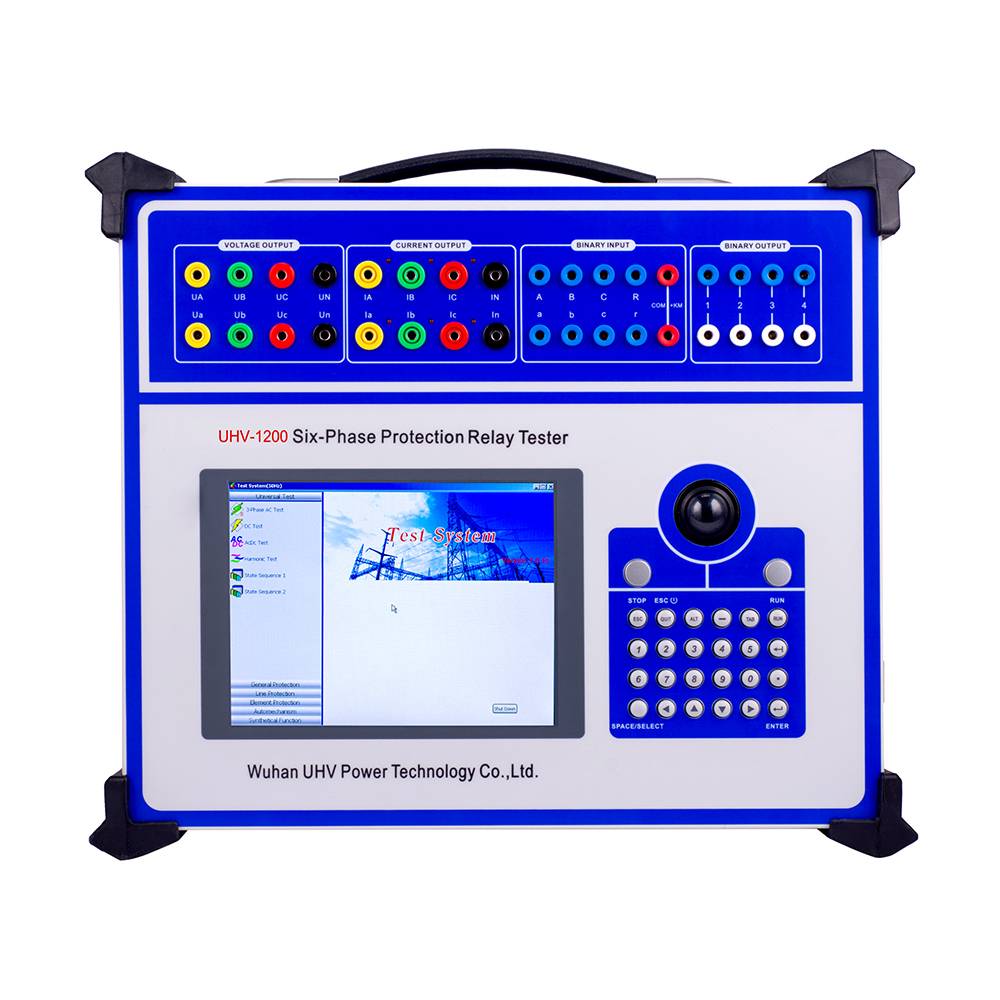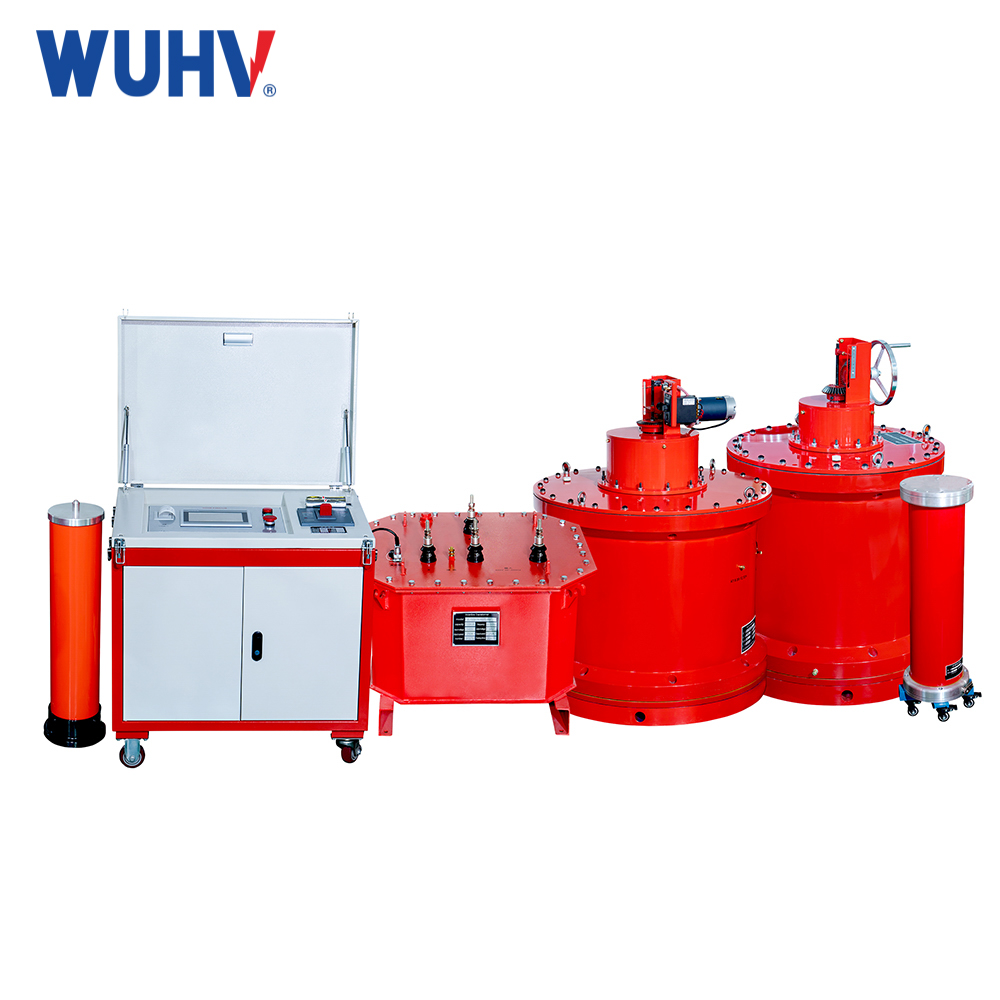The relay protection tester under UHV power can help many power workers conduct various power tests more conveniently.
The relay protection device must have the function of correctly distinguishing whether the protected component is in normal operation or has a fault, and whether it is a fault within the protection zone or outside the zone. To achieve this function, protective devices need to be constructed based on the characteristics of changes in electrical physical quantities before and after power system failures. The main characteristics of changes in power frequency electricity after a power system failure are:
(1) The current increases. When a short circuit occurs, the current on the electrical equipment and transmission lines between the fault point and the power source will increase from the load current to significantly exceed the load current.
(2) Voltage drops. When phase to phase short circuit and ground to ground short circuit faults occur, the phase to phase voltage or phase voltage values at various points of the system decrease, and the closer to the short circuit point, the lower the voltage.
(3) The phase angle variation of current and voltage. The phase angle between current and voltage during normal operation is the power factor angle of the load, usually around 20 °. When a three-phase short circuit occurs, the phase angle between current and voltage is determined by the impedance angle of the line, generally ranging from 60 ° to 85 °. When a three-phase short circuit is protected in the opposite direction, the phase angle between current and voltage is 180 °+(60 ° to 85 °).
(4) Measure impedance changes. Measuring impedance is the ratio of voltage to current at the measuring point (protective device). During normal operation, the measured impedance is the load impedance; When a metal short circuit occurs, the measured impedance is converted to the line impedance. After the fault occurred, the measured impedance significantly decreased and the impedance angle increased. When an asymmetric short circuit occurs, phase sequence components will appear. For example, when there is a short circuit between two phases and one phase to ground, negative sequence current and negative sequence voltage components may occur; When single-phase grounding occurs, negative and zero sequence current and voltage components will appear. These components will not appear during normal operation. By utilizing the changes in electricity during short-circuit faults, various relay protection principles can be constructed. In addition, in addition to the protection reflecting power frequency electricity mentioned above, there are also protections reflecting non power frequency electricity, such as gas protection.




















